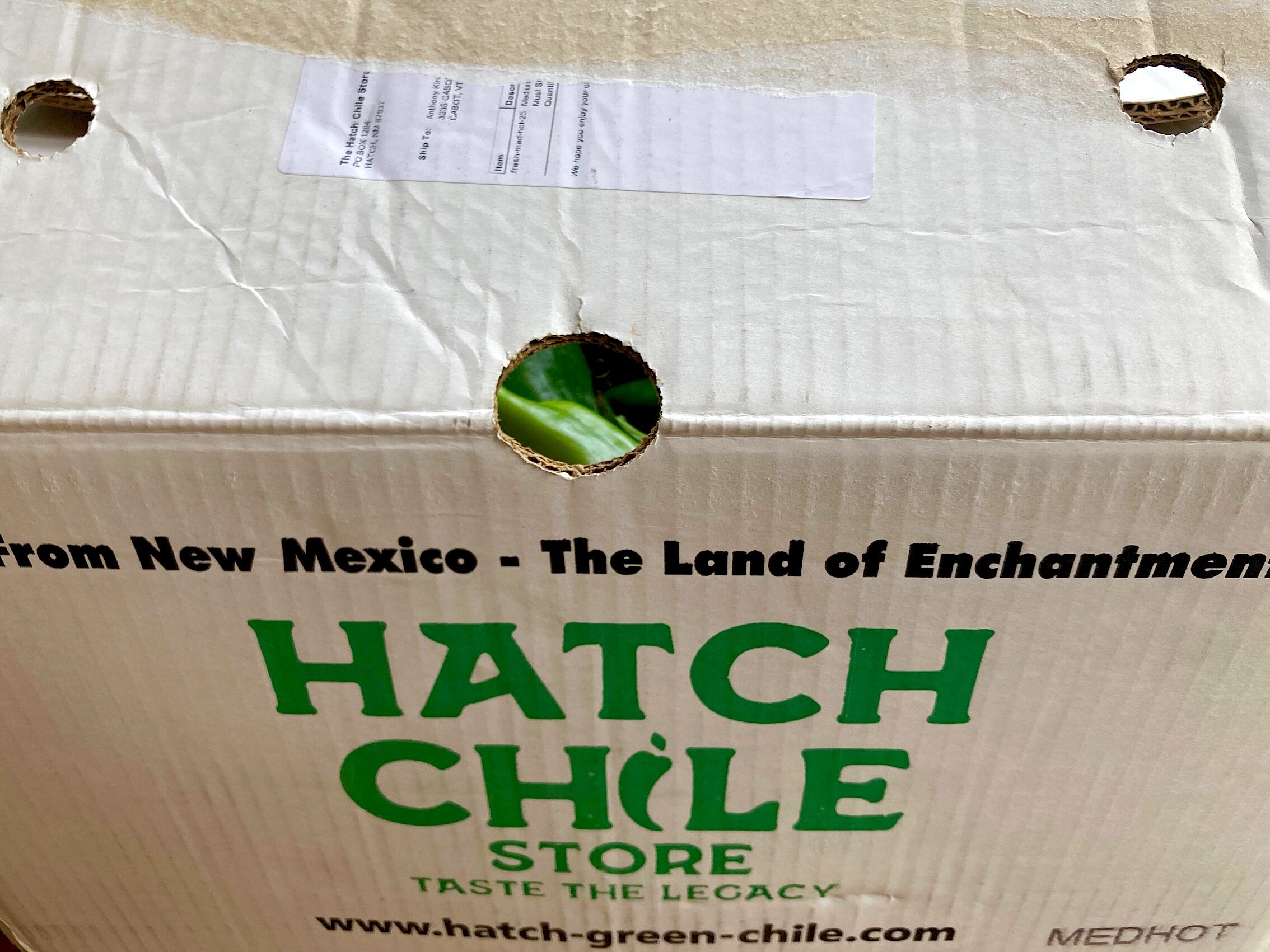Our good friend Joanna Fox has a timely rundown of great cookbooks from this past year in today’s Montreal Gazette, as contributed by a number of local Montreal chefs, food writers, and other tastemakers. Of course, this was a year when home cooking took on increased importance for so many people. Luckily, there were quite a number of new cookbooks that were released in 2020 to help inspire us, in addition to all the newspaper and magazines, the YouTube tutorials, the TikTok videos, the Instagram posts, and all the rest of our contemporary multi-platform culinary universe.
Joanna’s contributors include such luminaries as Meredith Erickson (Alpine Cooking: Recipes and Stories from Europe's Grand Mountaintops, Friuli Food and Wine: Frasca Cooking from Northern Italy's Mountains, the Joe Beef cookbooks, and others), Janice Tiefenbach (Elena), and Jonathan Cheung (Appetite for Books), as well as our very own Michelle (!).
If you’ve had any contact with Michelle over the last 8-9 months, her choice should come as no surprise. She first picked this book up from our local library late in the winter of 2020, and when the pandemic hit and the library was closed for weeks on end, the book was stuck with us for an indefinite length of time. We all got to know each other pretty well! And when the library reopened again, and they asked for all their books back, Michelle promptly made a point of returning this book to the library (what did you think?) and picking up her very own copy. Since then, she’s continued to cook from it with passion and abandon, and she’s talked about it at length with anyone who’ll listen, including Joanna, apparently. That book, of course, is Sonoko Sakai’s Japanese Home Cooking: Simple Meals, Authentic Flavors.
Here’s what Michelle had to say about the book in her own words:
This is hands-down the book I have used the most in the past year. It hits the right tone of home cooking without shying away from more technical projects for those looking for a challenge. Every single thing I have made from this book has turned out perfectly. When I suddenly had reams of time, but no ability to focus, I threw myself into hand-making soba noodles. Her method and recipe are spot-on — all you need is practice to get the thickness and cutting right. (Check out her soba noodle-making webinars.) Bonus: the book features a recipe for rustic buckwheat dumplings (sobagaki), which are much easier to make than soba noodles and give you the same great taste when you use fresh sobakoh flour.
And here are some shots of Michelle making Sakai’s soba noodles for the first time, back in late March:
If you’re curious about the method, here it is in Michelle’s own words:
I had ordered specially milled buckwheat flour to make soba noodles before the madness began. My cutting leaves a lot to be desired but believe me when I say that this flour has a texture and flavour absolutely unparalleled by anything I have ever had. In case your self-isolation needs soba noodles, here is the recipe:
200g soba flour
50g all-purpose flour
120g water, more or less
Sift the flours together in a large bowl, add water and mix until dough starts to come together. Add a bit of water if necessary and knead until smooth. Lightly flour your work surface with tapioca starch and roll dough out to 1/8” thick. Sprinkle with more starch, fold, and cut into thin noodles. Not as easy as it sounds!
Boil in salted water about 1-2 minutes and rinse noodles with cold water. Serve.
[The soba flour in question came from Soba Canada, Inc. If you live in the United States, another phenomenal option is the “ni-hachi sobakoh” from Anson Mills.]
So, has Sonoko Sakai largely been responsible for eight or ninth months of particularly inspired Japanese home cooking? You tell me.
Long live the cookbook! Long live home cooking, Japanese and otherwise! Thank you for a great year, Sonoko!
And it should go without saying, but, if at all possible, please support your local bookstores in this period of economic crisis, stores like Appetite for Books, Drawn & Quarterly, and others.
aj




















![fig. d: “large, fleshy, [and] moderately hot”](https://images.squarespace-cdn.com/content/v1/5407bbece4b0d617570ff0ed/1600222923680-AGNH71HXWWX9Q1JLOWG8/sea+of+green.jpeg)










































